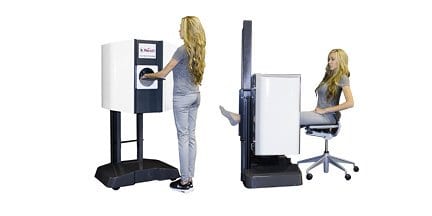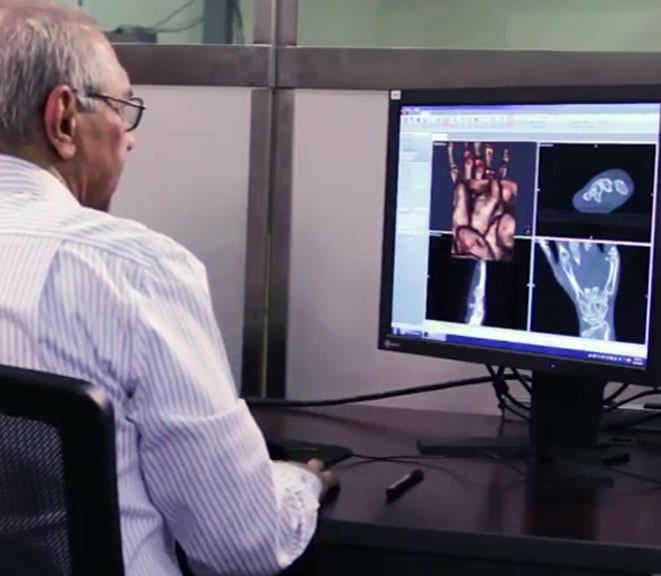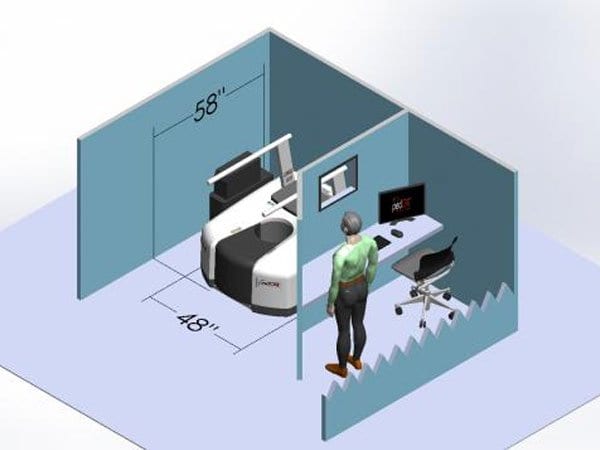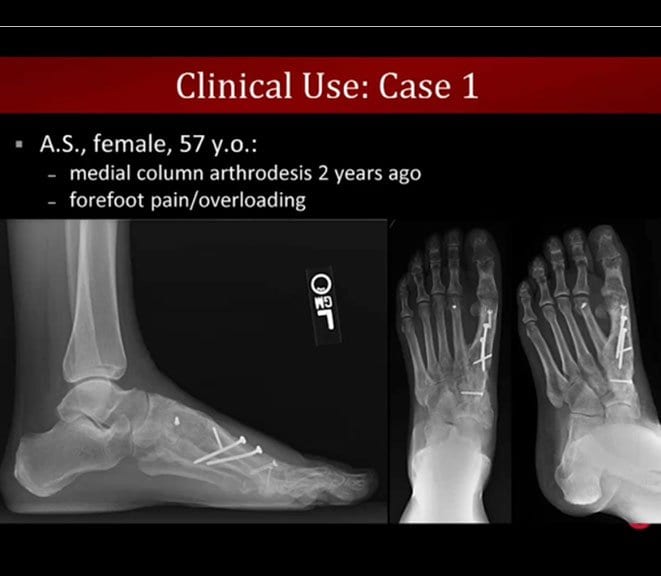A pedCAT Scan: Less Radiation Than A Serving of Brazil Nuts
Most people may not realize it, but humans are exposed to natural background radiation all the time. The source is naturally occurring radioactive materials and cosmic radiation from outer space. Geography plays a huge factor in how much radiation a…











